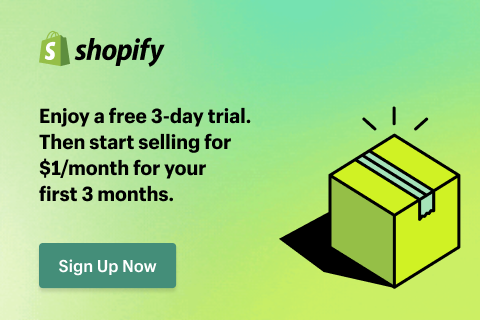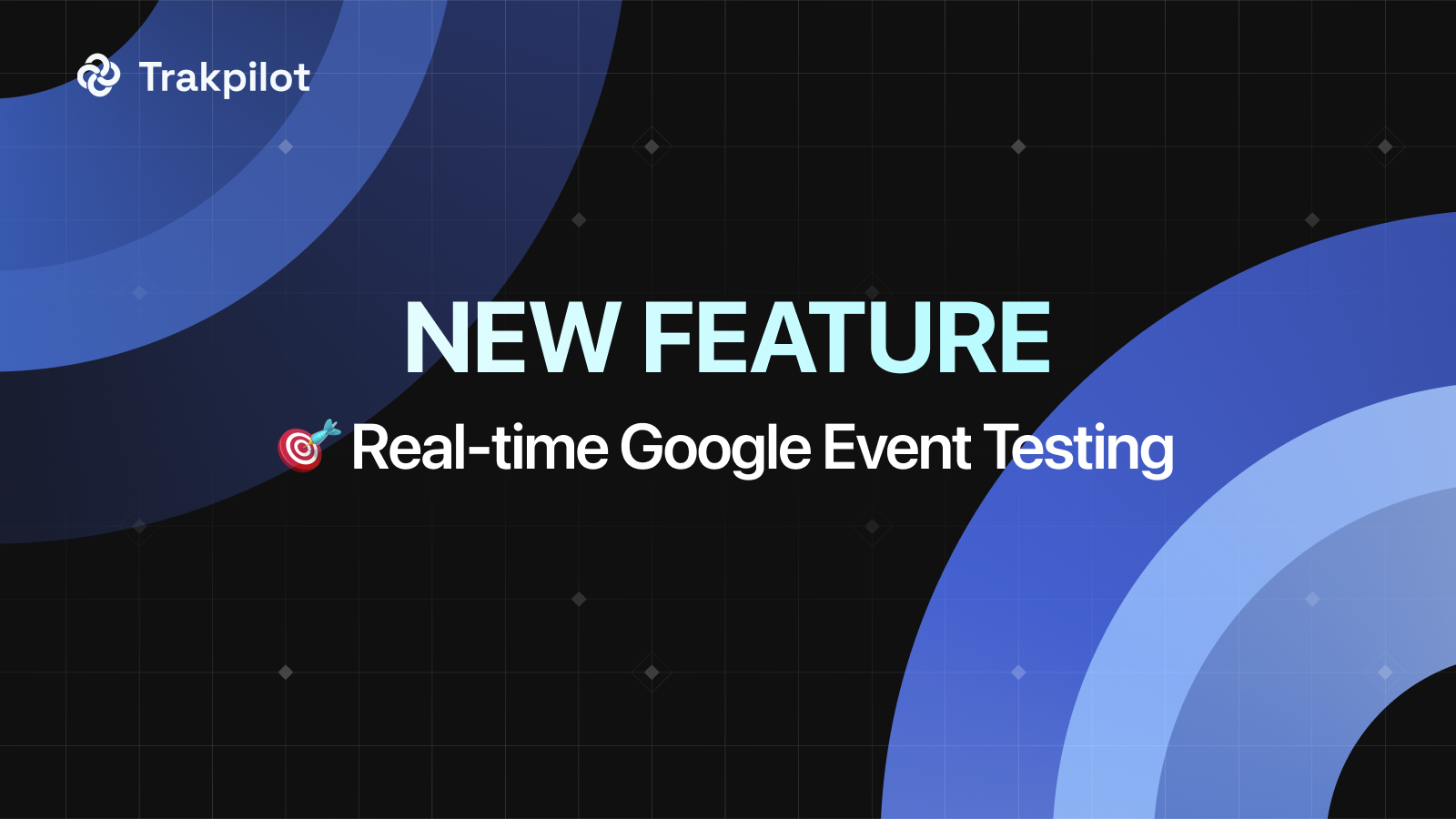Ad Emojis in Advertising: Do Emojis Work for Facebook Ads?
Over 10 billion emojis are sent daily, highlighting their immense popularity and effectiveness in digital communication. Ad emojis can be especially beneficial when used in Facebook ad copy.
In this article, we’ll explore how to effectively incorporate emojis into your Facebook ad copy to convey emotions, grab attention, and make your ads more relatable.
What are Ad Emojis?
Ad Emojis are small digital icons or images used in advertising content to make it more engaging and visually appealing. They can convey emotions, illustrate ideas, and break up text, making ads more relatable to the audience. In Facebook ads, emojis are often used to capture attention and enhance the overall message.
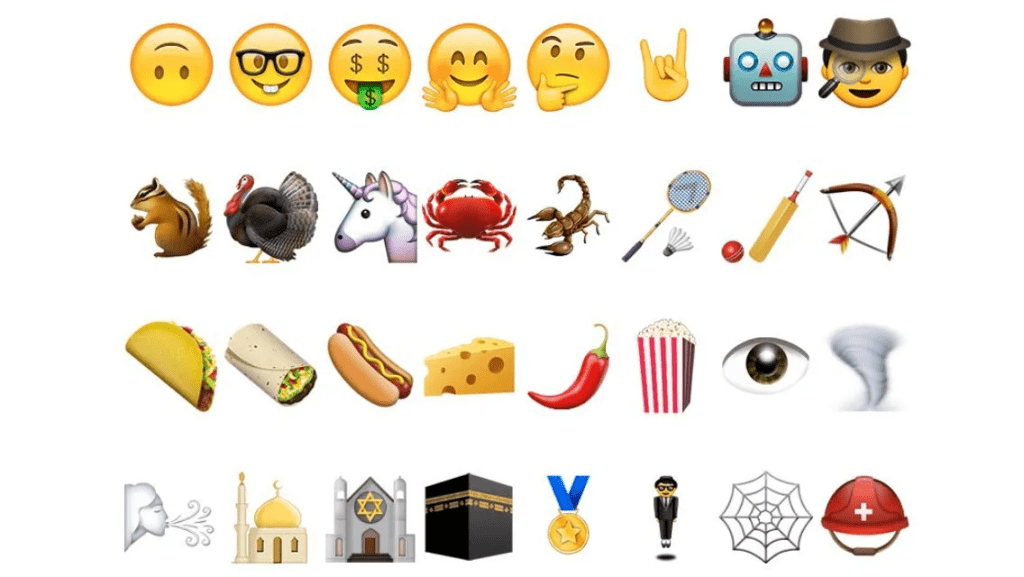
Emojis originated in Japan in the late 1990s, created by Shigetaka Kurita to improve digital communication. They quickly became popular worldwide and are now a common part of social media and digital marketing. Ad Emojis are customized and used strategically in ads to connect with audiences on a more emotional level.
Pros of Using Emojis in Advertising
Can you use emojis in advertising? Yes, adding emojis to your advertising strategy can offer several significant advantages. Here are the top 3 benefits:
1. Increased Engagement
Emojis significantly boost engagement rates. Ads with emojis see a 33% higher engagement rate compared to those without, according to Social Media Today. The visual appeal and added personality of emojis capture users’ attention and encourage interaction, making your ads more effective.
2. Emotional Connection
Emojis help convey emotions quickly, making your ads more relatable and human. With 92% of the online population using emojis regularly, these symbols bridge the emotional gap between brands and consumers. For instance, a heart emoji ❤️ can instantly convey love, while a smiley face 😊 adds a friendly tone.
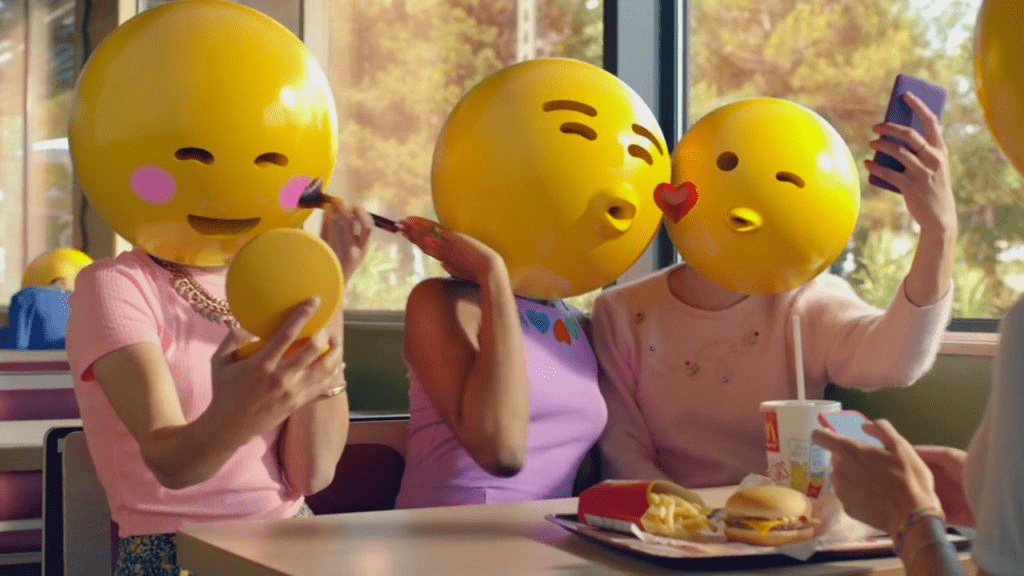
3. Higher Click-Through Rates
Ads with emojis often experience a 12% higher click-through rate (CTR) on average. Emojis draw attention to the ad and can create a sense of urgency or excitement, prompting users to click. For example, a rocket emoji 🚀 can suggest a fast-moving offer, enticing users to engage with the ad.
By leveraging these benefits - enhanced engagement, emotional connection, and higher CTR - advertisers can create more compelling and successful ad campaigns.
Cons of Using Ad Emojis
While emojis can boost ad performance, there are instances where they can have the opposite effect. They are not universally beneficial and must be used thoughtfully. Consider the following points:
Not every brand or industry is suited for emoji use. For instance, an advertising agency might find them valuable, but a funeral home could risk appearing inappropriate.
Additionally, overusing emojis can make a company seem less professional. It’s best to use them sparingly, particularly at the beginning. Overloading your ad with emojis can also make it look cluttered and difficult to read.
Should You Use Emojis in Facebook Ad Copy?
Yes, using emojis in your Facebook ad copy can be highly beneficial. Research specifically on Facebook ads shows impressive results. A study by WordStream found that adding emojis to Facebook ads can increase engagement by up to 57%. Moreover, ads with emojis typically see a 20% higher click-through rate (CTR) on Facebook.
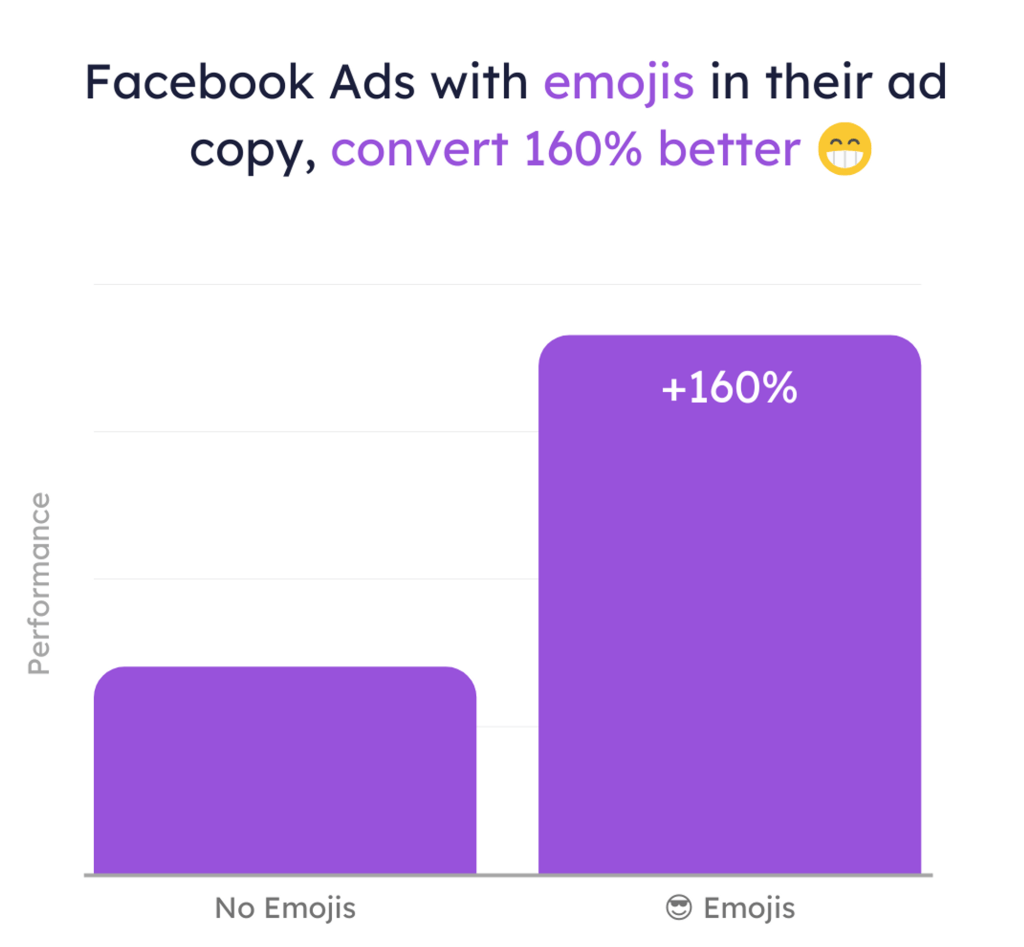
Therefore, by adding emojis to your Facebook ad copy, you can create more compelling and successful Facebook ad campaigns. So, go ahead and see the difference they can make!
Example of Using Emojis for Facebook ads
KlientBoost effectively uses emojis in their ad copy to enhance engagement and convey a festive theme. The holiday-related emojis (🎄, 🌟, 🎅) align with the “Holiday Calendar” theme, making the ad more visually appealing and contextually relevant.
The finger-pointing emoji (👉) strategically directs attention to the call-to-action link, encouraging clicks. Overall, the emojis add color, break up the text, and make the ad stand out, contributing to higher engagement and click-through rates.
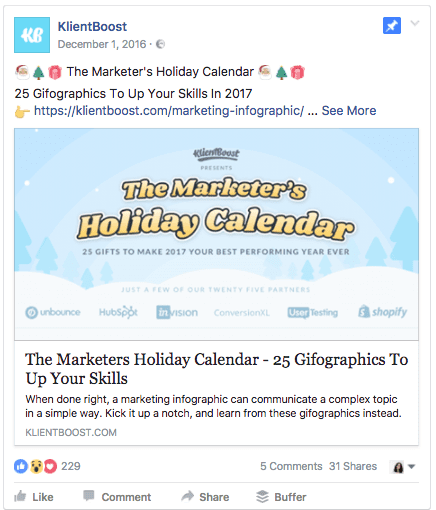
Another example, the recycling symbol (♻️) emphasizes eco-friendliness, while the wink (😉) adds a playful touch. This strategic use of emojis makes the ad engaging and visually appealing, showing Beco’s commitment to sustainability.
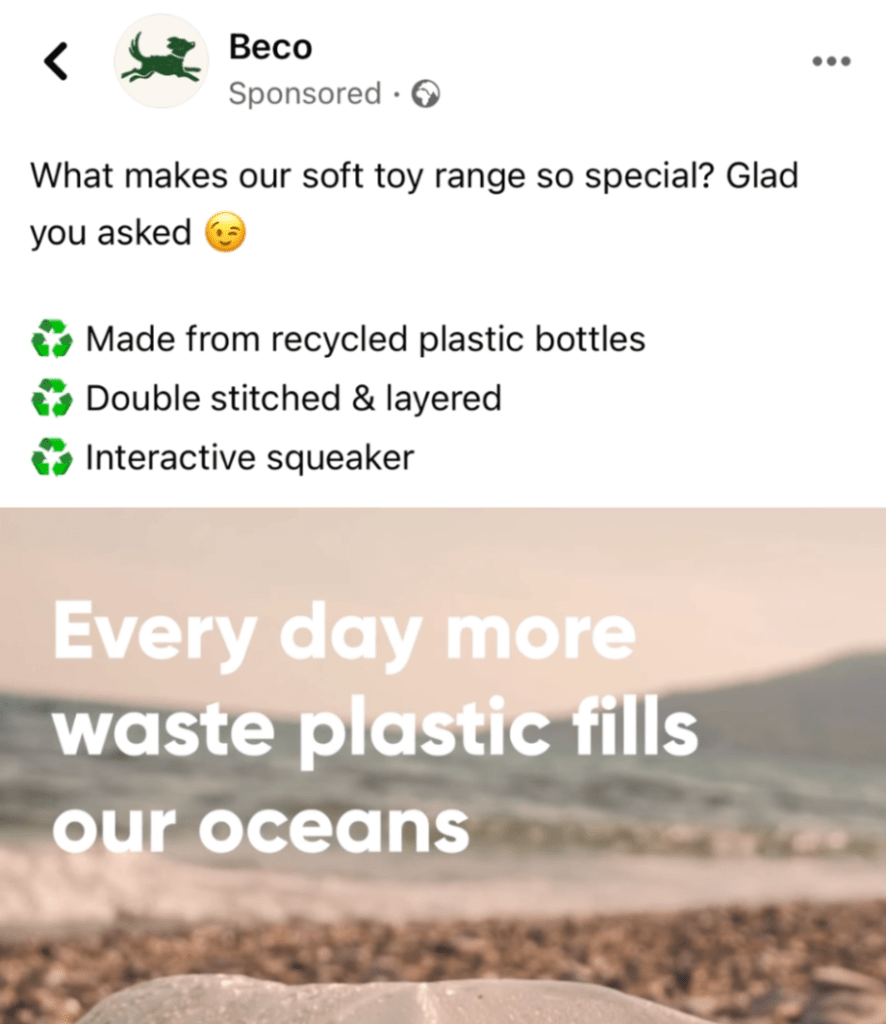
Tuff’s ad uses emojis to illustrate potential savings in a fun and engaging way. The car (🚗), laptop (💻), and rocket (🚀) emojis visually represent the items you could afford with the savings from their service. The playful use of emojis adds a casual, relatable tone to the ad, enhancing its appeal and making the financial benefits more tangible to the audience.
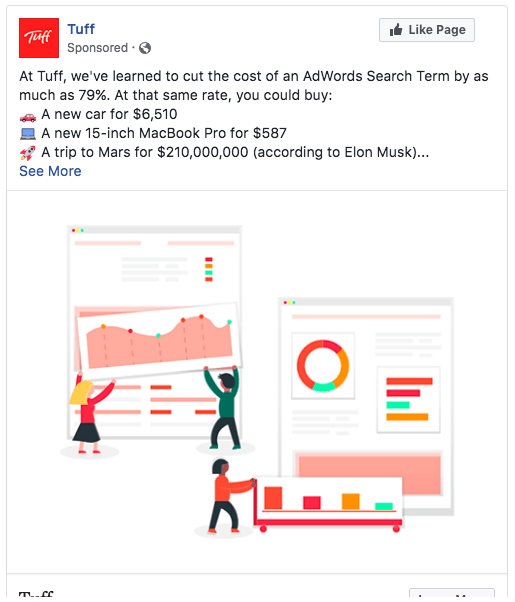
How to Use Ad Emojis for Facebook Ads
Here are 5 easy and effective ways to make your ad copy more engaging and impactful using emojis:
Step 1: Access the Facebook Emoji Keyboard
- Open your web browser and navigate to the Facebook Emoji Keyboard by Two Owls.
- Once the page loads, you will see a wide variety of emojis available for use.
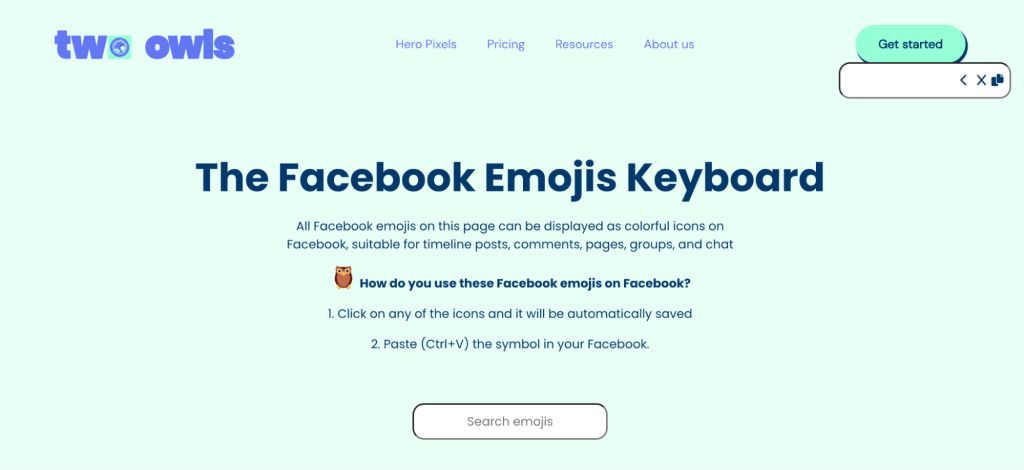
Step 2: Choose the Right Emojis
- Scroll through the emoji categories or use the search bar to find specific emojis that match the tone and message of your ad copy.
- Click on the emojis you want to use. Each click will add the selected emoji to the clipboard area at the top of the keyboard.
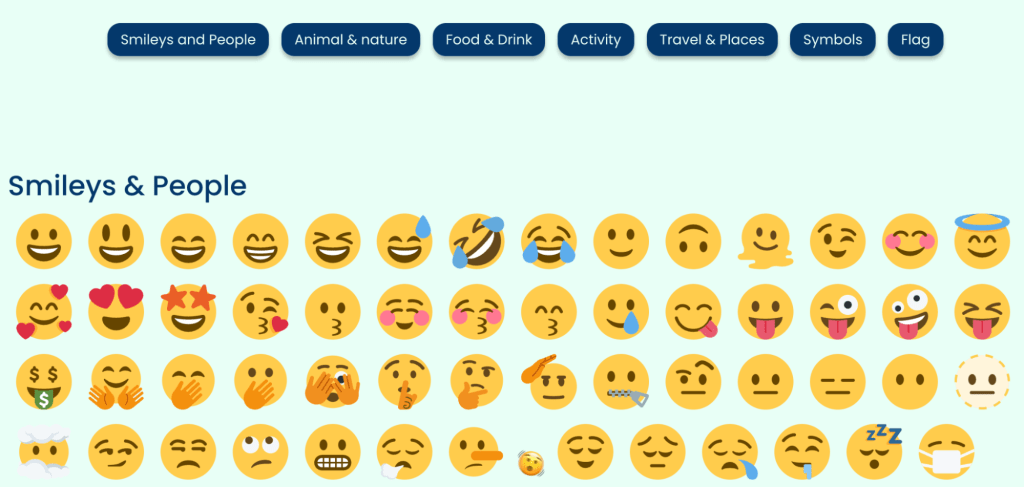
Step 3: Copy the Emojis
- After selecting the emojis, look at the clipboard area at the top of the keyboard where the selected emojis are displayed.
- Click the “Copy” button to copy all the selected emojis to your clipboard.
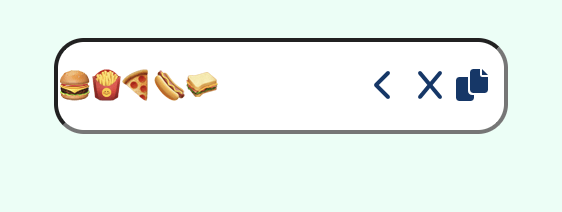
Step 4: Add Emojis into Your Facebook Ad Copy
- Open your Facebook Ads Manager and start creating a new ad or editing an existing one.
- In the ad creation window, paste the copied emojis into the desired sections of your ad copy. You can do this by right-clicking and selecting “Paste” or by pressing Ctrl + V (Windows) or Cmd + V (Mac).
- Position the emojis strategically within your text to enhance readability, convey emotions, and draw attention. For example, place a thumbs-up emoji (👍) next to a positive statement or a fire emoji (🔥) to highlight a hot deal.
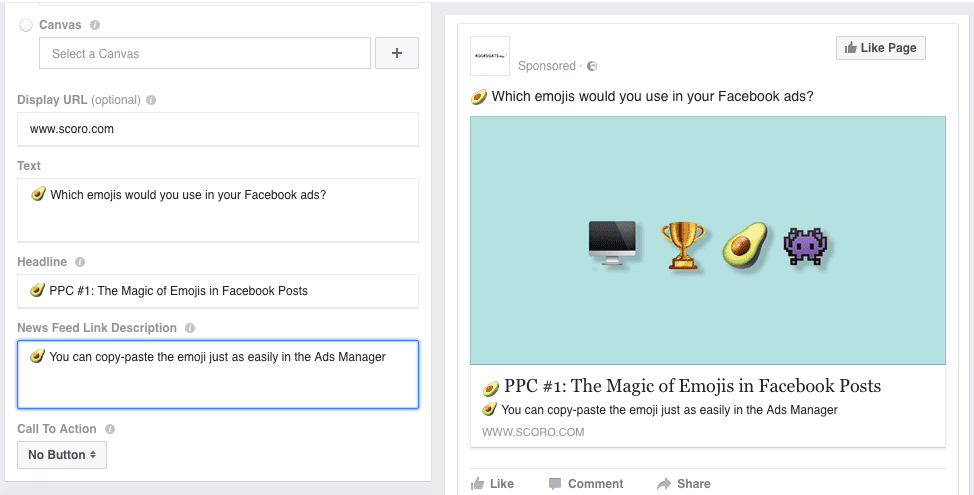
How to Use Ad Emojis Effectively
With over 10 years of experience running Facebook ads for various clients, I’ve learned what truly works. Here are 5 key strategies to effectively use ad emojis and boost your ad performance:
1. Understand Your Audience
Determine who your target audience is and what they expect from your brand. Emojis may resonate well with a younger audience but might not be suitable for older or more traditional demographics. Conduct surveys or analyze engagement data to see how different segments of your audience respond to emoji use.
2. Match Emojis with Your Brand Identity
Ensure the emojis you choose align with your brand’s voice and image. For example, a playful and casual brand can benefit from fun emojis, while a serious brand should opt for more subtle icons. Using emojis that reflect your brand’s tone helps maintain consistency and strengthens your message.
3. Choose Relevant Emojis
Select emojis that directly relate to your message. Emojis should enhance and clarify your ad copy. For instance, use a shopping cart emoji (🛒) for e-commerce promotions or a fire emoji (🔥) to highlight a hot deal. Relevant emojis make your message clearer and more engaging.
4. Use Google Kitchen Emoji
Use the Google Kitchen Emoji tool to create unique and creative emoji combinations. This tool allows you to merge two emojis into a new, customized one, which can add a fresh and innovative touch to your ads. Use these custom emojis to highlight special offers, new products, or unique selling points in a way that stands out from standard ads.
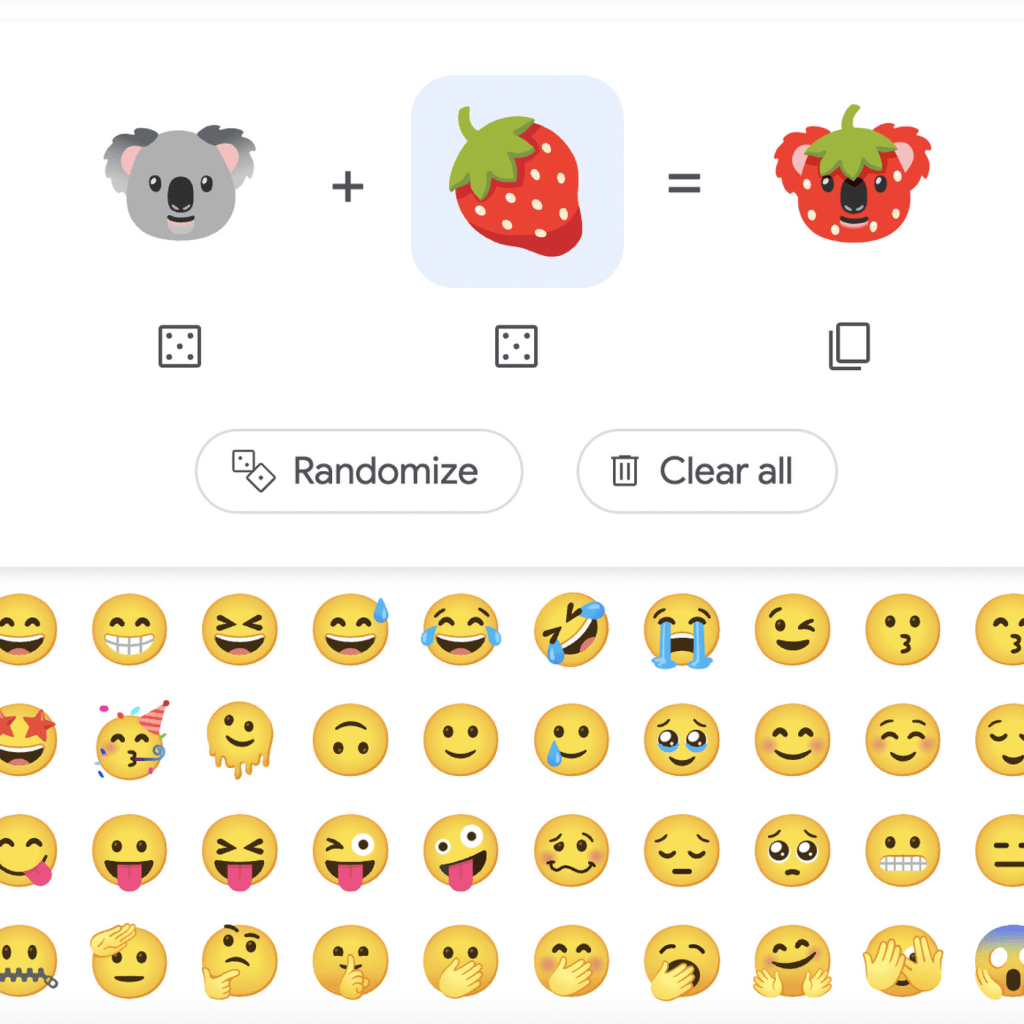
5. Use Emojis Sparingly
Avoid cluttering your ad with too many emojis. Start with one or two well-placed emojis to gauge audience reaction. Overusing emojis can make your ad look unprofessional and difficult to read. Keep it simple to maintain a clean and effective ad design.
6. Test and Optimize
Experiment with different emojis and their placements to see what works best. Use A/B testing to compare the performance of ads with and without emojis. Monitor metrics like engagement rates and click-through rates to determine the effectiveness of emojis in your ads. Continuously refine your approach based on data to optimize results.

Wrap up
Hopefully, through this article, Two Owls - Omega Pixels has helped you understand how powerful and effective using ad emojis in your Facebook ad copy can be. Emojis aren’t just fun additions; they can significantly boost engagement, convey emotions, and make your ads pop.
So, why not give it a try? Add some well-chosen emojis to your next Facebook ad campaign and see how it can enhance your results. Happy advertising!
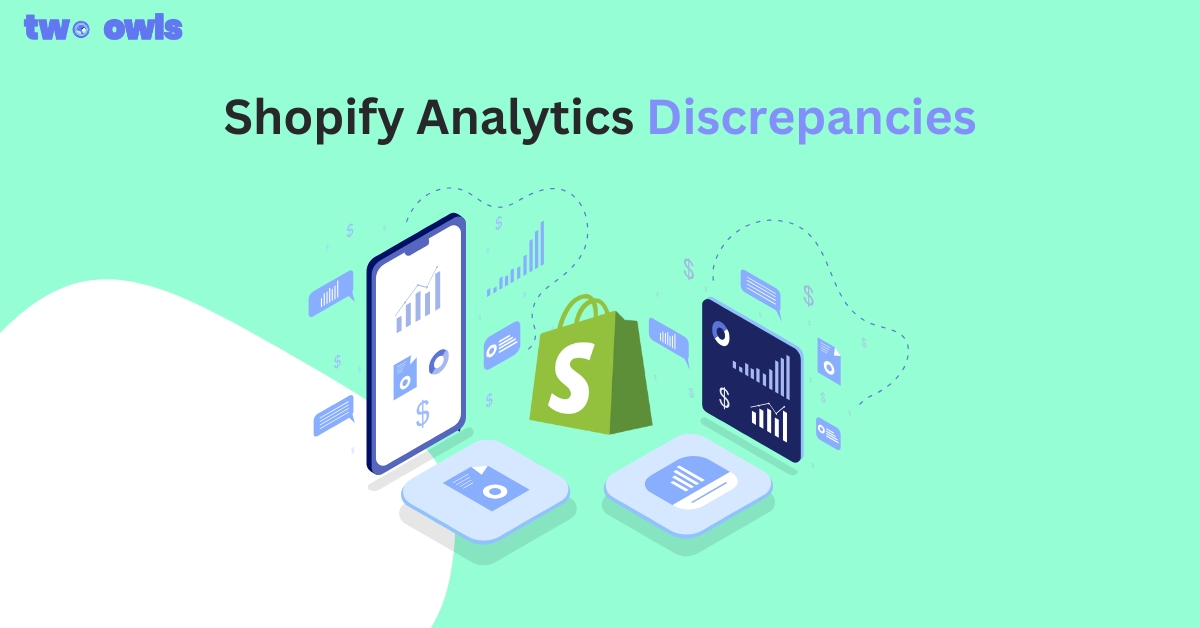
Shopify Analytics Discrepancies: What’s Actually Happening?
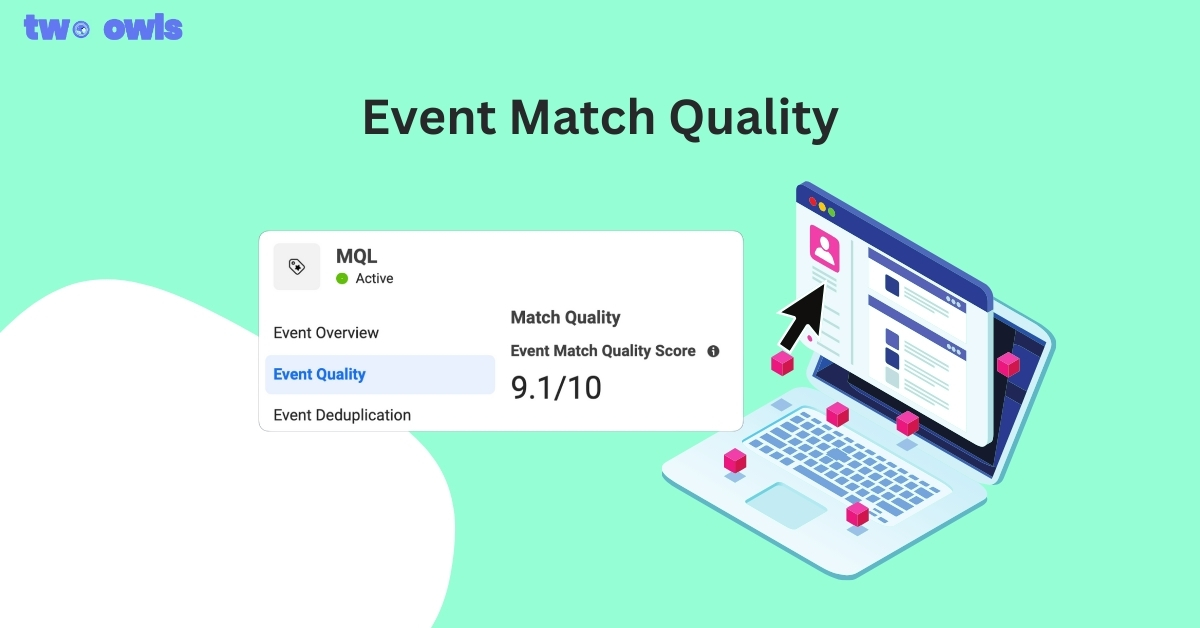
Event Match Quality: Definition, Benchmarks & How to Improve It
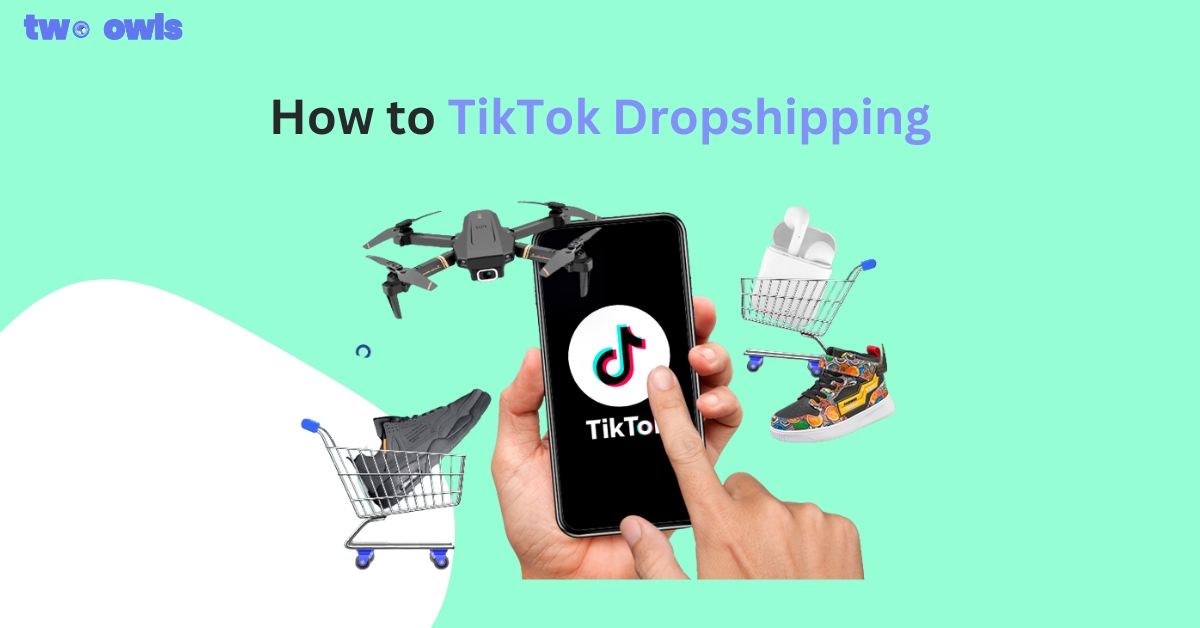
TikTok Dropshipping: How to Build a Profitable Store in 2026

Facebook Ad In Review: How Not To Get Stuck In 2026

